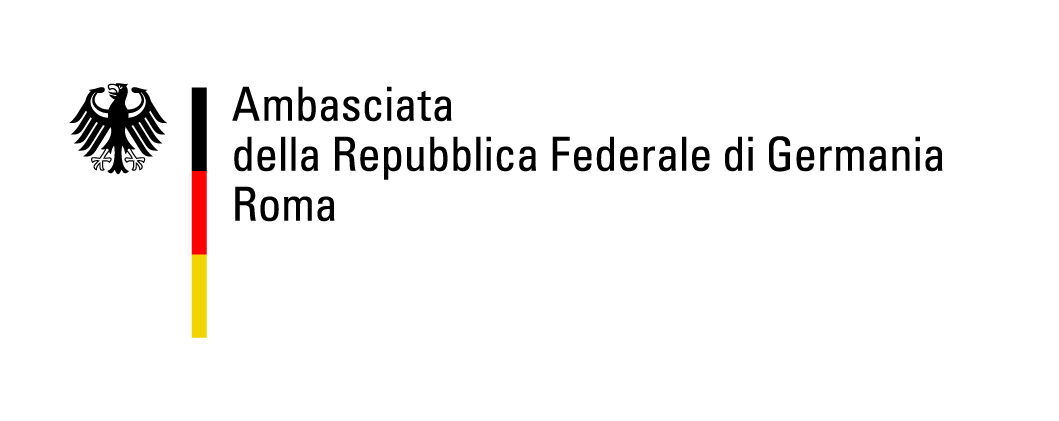The prisons listed are only those from which they left for concentration camps
Italian Prisons and the transports to the Third Reich’s concentration camps.
During the Nazi occupation (1943-1945), many Italian prisons and places of detention run by the Italian Social Republic (RSI) became collection and sorting centers for Jews, anti-fascists, political opponents and civilians rounded up for forced labor and destined for the Third Reich’s lagers. These places, in part already used by the regime for political and social repression, became crucial nodes of deportation from Italy. Prisons such as San Vittore, Le Nuove, Marassi and other institutions were intermediate stops on the way to the Nazi lagers. These institutions represented the first places of suffering for thousands of political and labor prisoners who paid with their lives for their rejection of fascism and Nazism. Their function went far beyond detention: they were an integral part of the repressive, extermination machine and exploitation system planned by the Third Reich, in which the complicity of the Italian Social Republic played a key role.
Major prisons and places of deportation
- San Vittore Prison (Milan):
- Role: Detention center for Jews, partisans and political opponents.
- Deportations: Inmates were sent to the Fossoli camp or directly to camps such as Auschwitz. In June 1944, out of about 1,000 inmates, 70 percent were transferred to Germany by July 20. Among them was Liliana Segre who was deported to Auschwitz on the January 30, 1944 transport that left from platform 21 of Milan station.
- Le Nuove Prison (Turin):
- Role: Used to imprison antifascists, partisans and Jews.
- Deportations: Prisoners were often transferred to Fossoli before deportation.
- Regina Coeli Prison (Rome):
- Role: Detention center for Jews, political opponents and resisters.
- Deportations: Many prisoners were sent to Auschwitz, especially after the Rome Ghetto roundup (October 1943).
- Risiera di San Sabba (Trieste):
- Role: Concentration and transit camp, prison and transit place for prisoners.
- Deportations: From here, prisoners were sent to Dachau, Mauthausen and Auschwitz. It is infamous for the crematorium used by the Nazis.
- Coroneo Prison (Trieste):
- Role: Collection point for Jews and opponents, especially in the Adriatic Coastal Zone of Operation.
- Deportations: Prisoners were transferred to the Risiera di San Sabba or directly to German lagers.
- Fossoli camp (Carpi, Modena):
- Role: Main transit camp in Italy for deportations.
- Deportations: Numerous convoys departed from Fossoli for Auschwitz and Mauthausen. Fossoli served as a link between local prisons, particularly with the prison of Sant’Eufemia in Modena, and the camps, making it a crucial node in the deportation system. On June 24, 1944, 475 prisoners left Fossoli for the Mauthausen concentration camp, 75% of whom did not survive.
- Via Tasso Prison (Rome):
- Role: Closely linked to Regina Coeli prison was the most infamous detention and torture center for partisans and political opponents.
- Deportations:. Some inmates after being tortured were transferred to other transit places before being deported to the camps.
- Bolzano-Gries field:
- Role: Transit and detention camp for political opponents and Jews.
- Deportations: Convoys, especially of political internees, departed from here to Dachau and Mauthausen.
- Castelfranco Emilia Prison:
- Role: Detention of captured antifascists, partisans and Jews in the Emilia region.
- Deportations: Many inmates were sent to Fossoli or deported directly to the camps. On June 26, 1944, 466 inmates were transferred to Germany, mainly for forced labor in war industries such as Schäffer & Budenberg in Magdeburg
- Murate Prison (Florence):
- Role: Place of detention for partisans, antifascists and Jews.
- Deportations: Many were transferred to Fossoli and deported to Nazi camps, such as Auschwitz and Mauthausen.
- Parma:
- Role: Sorting center for inmates from Portolongone and Pianosa.
- Numbers: After a bombing on May 13, 1944, many inmates were transferred to Fossoli or Castelfranco Emilia.
- Fate of the deportees: A portion of political prisoners were included in transports to Mauthausen.
- Prisons in Trentino-Alto Adige (Bolzano, Trento, Rovereto):
- Role: Detention and selection centers for transporting inmates to German prisons, including Coswig-Anhalt and Siegburg.
- Numbers: About 250 prisoners transferred for forced labor in summer 1944.
- Feature: Their proximity to the German border made them strategic for deportation logistics.
- Prisons in Friuli-Venezia Giulia (Trieste, Udine, Gorizia, Pordenone):
- Role: Stages for the transfer of common and political prisoners to German lagers.
- Period: September-December 1944.
- Fate of the deportees: Employment in forced labor camps in Germany.
The crucial places of detention in deportation
As many as 20,000 people were deported from Trieste to Nazi camps. They were opponents, Jews and ‘people not liked’. Historian Franco Cecotti, tells us who was deported and the role of the Coroneo prison
Milan’s San Vittore prison was first the focal point of the repression enacted by the regime and then the place where deportation began for thousands of people. Dario Venegoni, historian, explains its function.
During both the 20-year fascist period and the war on Italian soil after September 8, Bologna’s San Giovanni in Monte prison played a pivotal role. First in the repression of people from Emilia and Romagna and then in deportation. Historian Andrea Ferrari tells us about it.
Thousands and thousands. From the Le Nuove prison in Turin, thousands were deported to Nazi camps. The prison in the Piedmontese capital also played a central role in the repression of opponents. Le Nuove Museum director Calogero Modica tells us about it.
Florence’s Murate prison saw hundreds of opponents enter its cells during the 20-year period. With the arrival of the war it would become a point of departure, along with the Leopoldine schools, for hundreds of people to the Nazi concentration camps. About its role, the director of the Florence Mad, Valentina Gensini, tells us.
Genoa, a gold medal city of the Resistance, was battered first by the regime’s repression and then by the arrival of the Nazis who, with local fascists, occupied it following September 8. Along with the Marassi prison, another place was crucial in the deportation: the Casa dello Studente, a frightening place of torture. Paolo Migone, director of the Casa dello Studente museum, tells us about it.
The Badia Prison in Sulmona was also a place where many Yugoslav opponents were incarcerated following the 1941 invasion of Italy. With the arrival of the Nazis after September 8, it became a point of departure for deportation. Historian Mario Giulio Salzano tells us about it.
Regina Coeli prison saw so many people being imprisoned during the 20-year period. In the capital, the OVRA was a real bogeyman and nothing escaped the regime’s spies. After September 8, Nazi repression was extremely violent: there were killings and deportations. And so many people left Regina Coeli. Historian Amedeo Osti Guerrazzi tells us about it.
Interview with Amedeo Osti Guerrazzi, historian (transcript)


